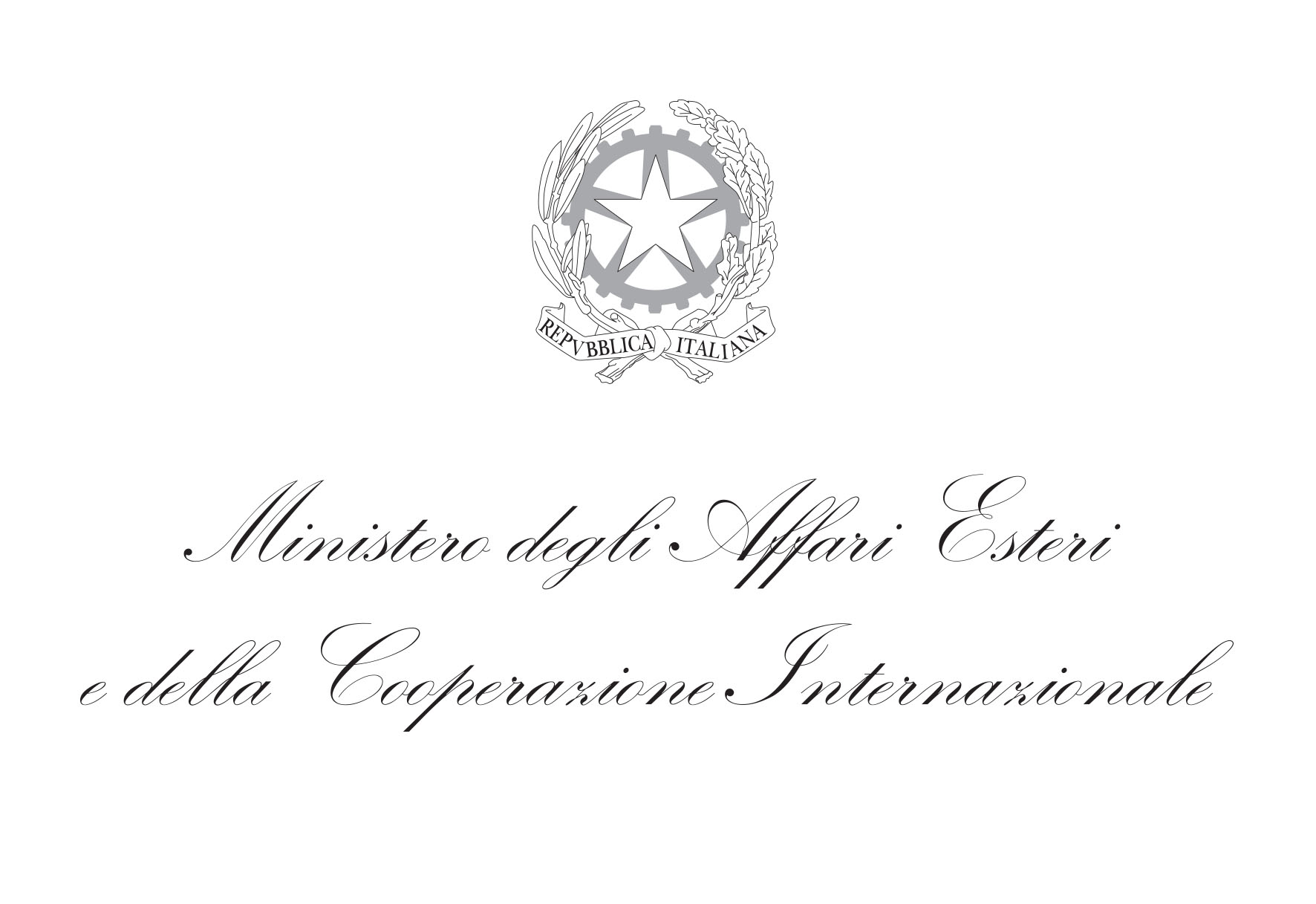Frontier Fields simulations
A set of simulations designed to reproduce the quality and the depth of the observations which are currently being taken in the framework of the Hubble Frontier Fields Initiative
| Camera | Filter | Orbits | FOV |
|---|---|---|---|
| ACS | f435w | 18 | 204" |
| ACS | f606w | 10 | 204" |
| ACS | f814w | 42 | 204" |
| WFC3 | f105w | 24 | 204" |
| WFC3 | f125w | 12 | 204" |
| WFC3 | f140w | 12 | 204" |
| WFC3 | f160w | 22 | 204" |
The BLF portal gives access to the simulated HST observations of four galaxy clusters. Additional simulations are in the process of being produced. In addition, catalogs of cluster members and of multiple images are also available, at least for some of the lenses.
To download the data products, use the BLF portal

